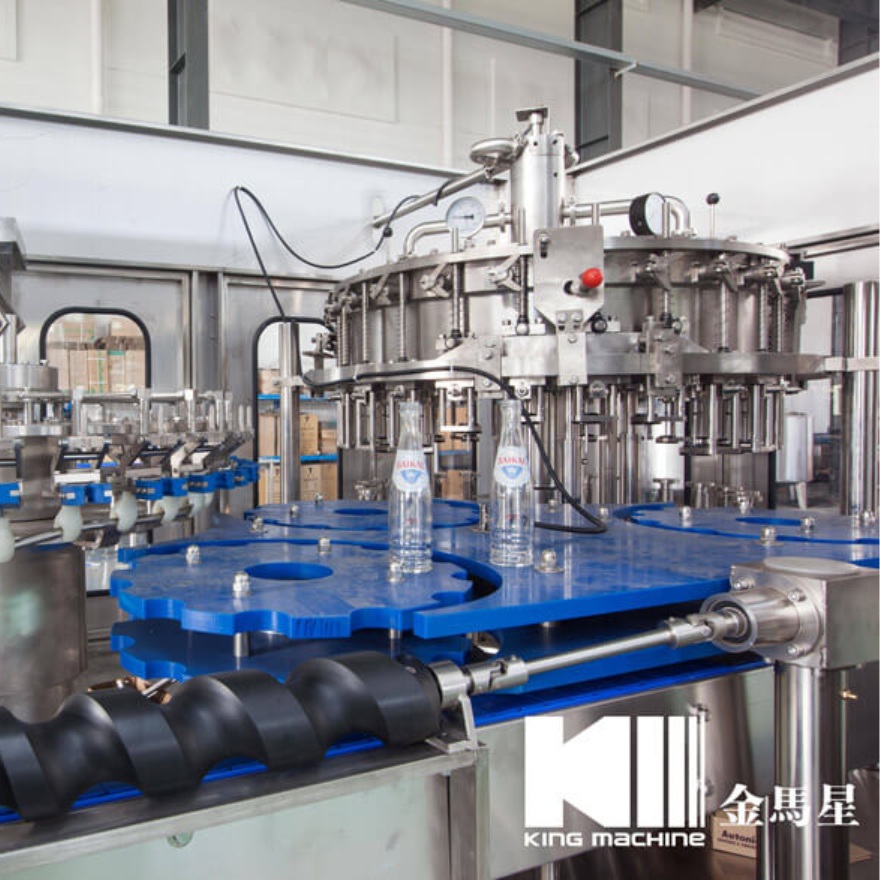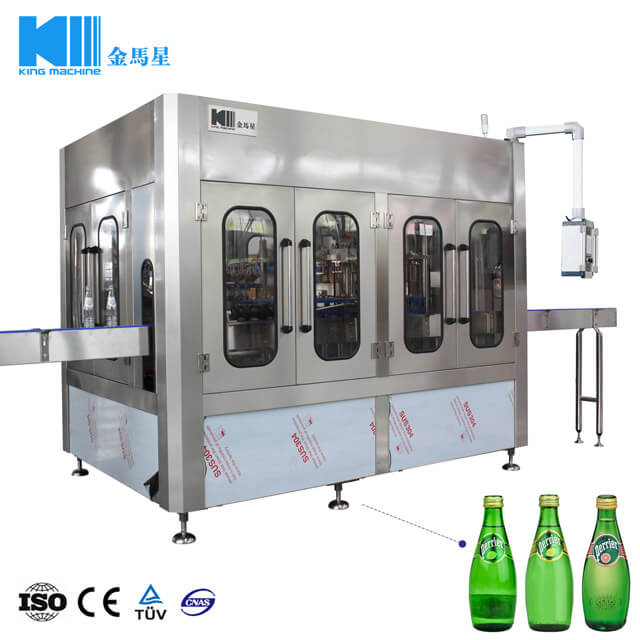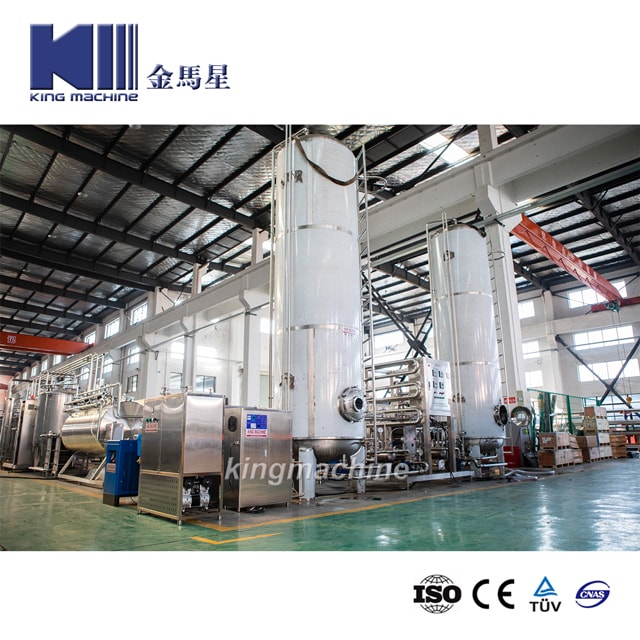The global sparkling water market has grown rapidly in recent years, driven by health-conscious consumers looking for refreshing, sugar-free beverages. While taste is important, two key factors determine the appeal of sparkling water—carbonation and freshness. Maintaining these qualities from production to the moment the consumer opens the bottle requires advanced technology and precision.
A sparkling water filling line plays a central role in achieving this. With specialized filling methods, temperature control, and packaging techniques, modern filling lines ensure that the fizzy, crisp quality of sparkling water stays intact from factory to shelf.
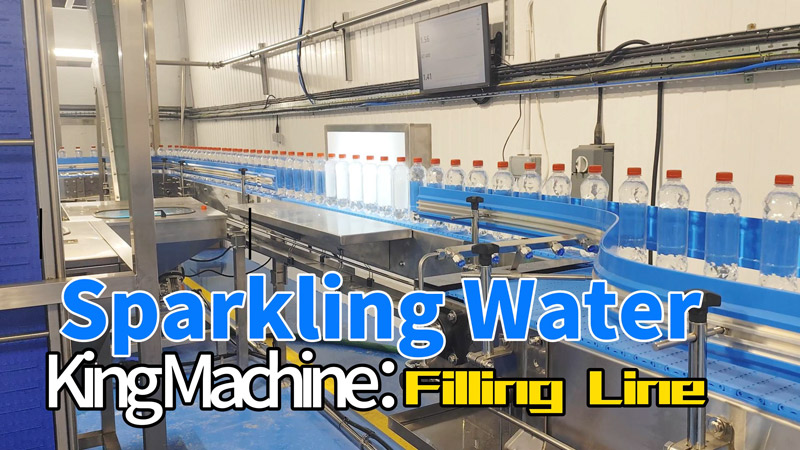
1. Understanding Carbonation in Sparkling Water
Carbonation is the process of infusing carbon dioxide (CO₂) into water under pressure. It gives sparkling water its signature bubbles, tangy taste, and lively mouthfeel.
However, carbonation is highly sensitive. CO₂ can easily escape if:
The filling temperature is too high.
The filling process is too slow or turbulent.
There is excessive exposure to oxygen.
Once carbonation escapes, the drink loses its fizz and becomes flat—leading to a disappointing consumer experience. That’s why sparkling water filling lines are designed to minimize gas loss at every stage.
2. The Sparkling Water Filling Process
Step 1: Water Preparation
Purified still water is first cooled to near-freezing temperatures to help CO₂ dissolve more effectively.
Step 2: Carbonation
CO₂ is injected into the water using a carbonator under controlled pressure and temperature.
Step 3: Filling
The carbonated water is transferred to the filling machine, which typically uses counter-pressure or isobaric technology to maintain gas levels during filling.
Step 4: Capping/Sealing
Immediately after filling, bottles or cans are sealed to prevent carbonation loss.
Step 5: Packaging & Storage
Final packaging ensures protection from light, temperature fluctuations, and oxygen exposure.
3. Technologies That Help Preserve Carbonation
Counter-Pressure Filling Systems
Counter-pressure filling works by filling bottles or cans in an environment where CO₂ pressure inside the container matches the carbonation pressure of the liquid. This prevents the CO₂ from escaping.
Temperature Control
Cold liquid holds CO₂ better. Sparkling water filling lines maintain temperatures between 0–4°C, reducing the chance of fizz loss.
Foam Control Mechanisms
Advanced nozzles are designed to fill gently, minimizing turbulence and foam. Less foam means less CO₂ escapes during filling.
Oxygen Reduction Technology
Oxygen can spoil freshness and cause unwanted chemical changes. Many modern lines use CO₂ purging to remove oxygen from bottles before filling.
4. Preserving Freshness Beyond Carbonation
Freshness is not only about bubbles—it’s also about taste, aroma, and shelf life.
Hygienic Design – Stainless steel components, CIP (Clean-In-Place) systems, and automated sanitation routines prevent bacterial growth.
High-Quality Sealing – Crown caps, screw caps, or aluminum seals ensure airtight closure.
Packaging Choices – Glass bottles retain carbonation well but are heavier; PET bottles are lightweight but require oxygen barrier layers; aluminum cans offer complete light and gas protection.
5. Quality Control in a Sparkling Water Filling Line
To guarantee consistent quality, manufacturers employ:
Real-Time CO₂ Monitoring – Ensures carbonation levels remain within target specifications.
Leak Detection Systems – Automatically check seals and caps.
Batch Testing – Sensory and laboratory tests confirm taste, aroma, and freshness.
6. Choosing the Right Sparkling Water Filling Line
When investing in a sparkling water filling line, consider:
Production Capacity – Lines range from small-scale operations (1,000–5,000 bottles/hour) to industrial capacities exceeding 30,000 bottles/hour.
Packaging Format – PET bottles, glass bottles, or cans—each has unique requirements.
Automation Level – Fully automated lines reduce labor costs and minimize human error.
Manufacturer Expertise – Working with a trusted equipment supplier ensures better design, installation, and after-sales support.
7. Customer Cases: King Machine’s Proven Solutions
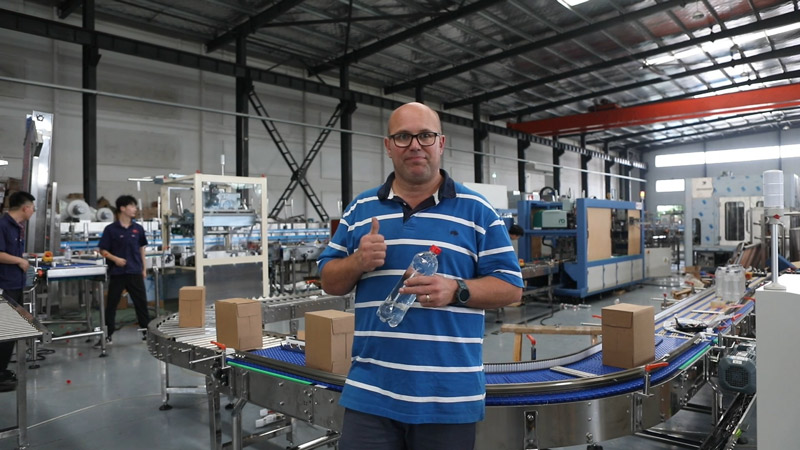
UK Oxygen-Enriched Water Production Line
In June 2024, KING MACHINE Factory successfully delivered a 12,000 BPH oxygen-enriched still & sparkling water filling line to a UK client, earning high praise. The project, initiated in November 2023, featured a fully customized design accommodating two bottle types and cap styles, ensuring maximum flexibility. Key equipment included an automatic 3-in-1 filling machine, OPP labeling system, handle applicator, carton packer, shrink wrapper, and conveyors. The customer commended KING MACHINE’s efficiency, professional layout optimization, and EU-standard electrical workmanship. This project reaffirms KING MACHINE’s position as a leader in innovative, high-quality beverage production line solutions worldwide.
Conclusion
Preserving carbonation and freshness is at the heart of producing great sparkling water. From precise counter-pressure filling to oxygen-free sealing and temperature-controlled processes, modern sparkling water filling lines are engineered to protect the product’s quality.
Whether you are a startup or a global brand, investing in the right technology ensures that your sparkling water reaches customers with the same crisp, bubbly quality as the moment it left the filling line.
At King Machine, we specialize in delivering filling lines that help brands maintain superior carbonation and freshness—so your product stands out in a competitive market.


